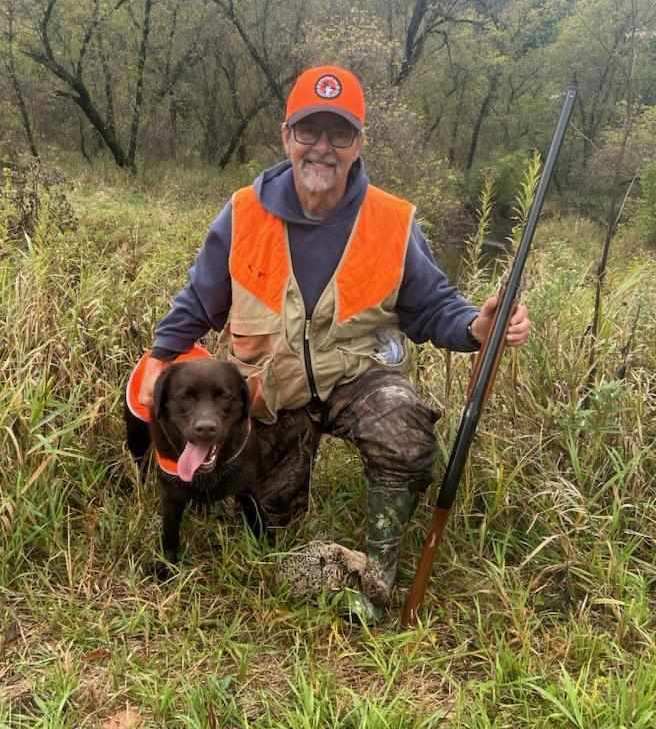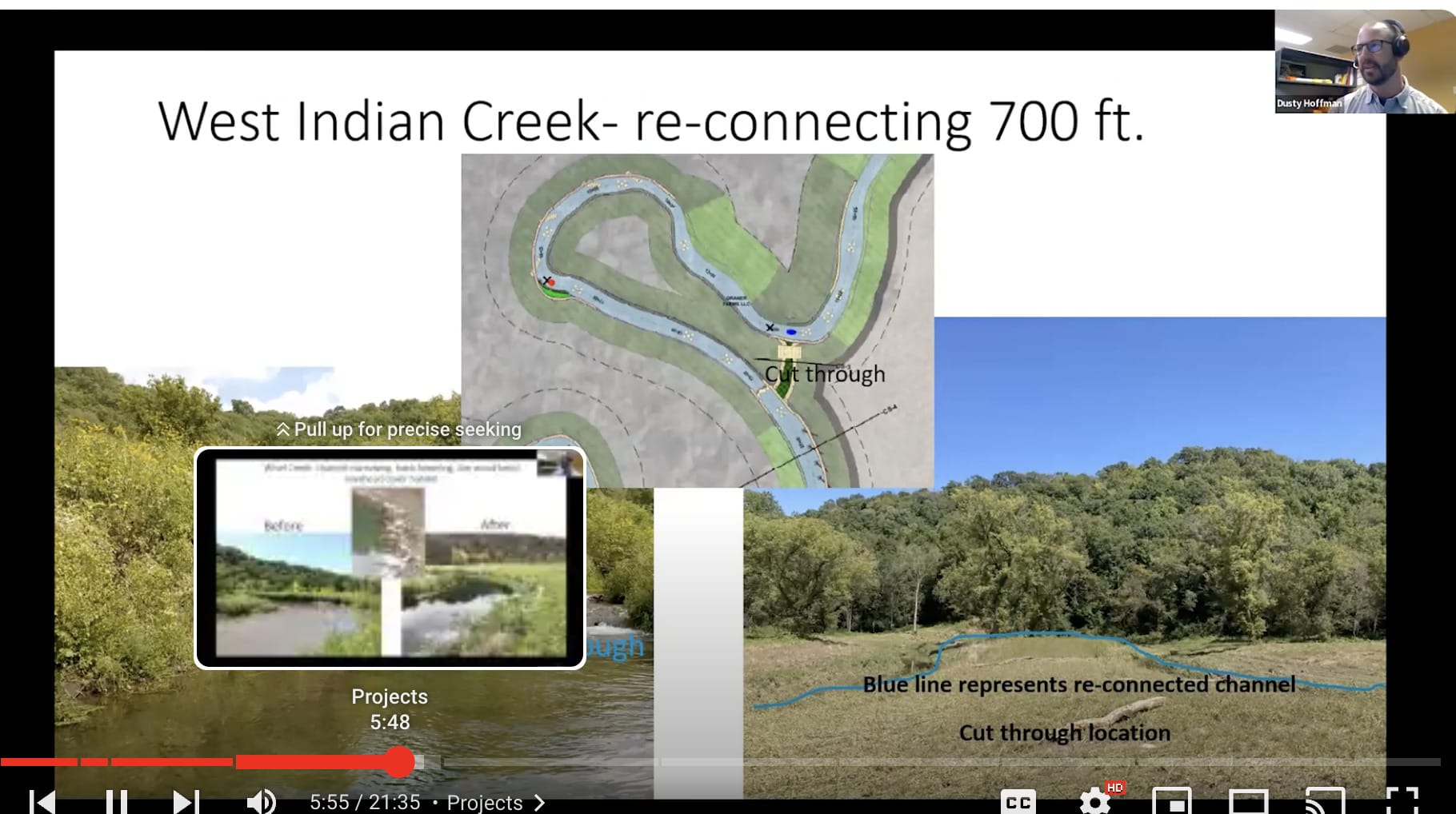More than 15 years ago, when Jeff Hastings took over leadership of Trout Unlimited’s Driftless Area Restoration Effort, one of his first priorities was to build his knowledge of restoration techniques. As he dug in, he found plenty of information. …
More than 15 years ago, when Jeff Hastings took over leadership of Trout Unlimited’s Driftless Area Restoration Effort, one of his first priorities was to build his knowledge of restoration techniques.
As he dug in, he found plenty of information.
He also found that much of it didn’t get wide distribution throughout the area’s four states: Minnesota, Wisconsin, Iowa and Illinois.
“As I worked in the four states, I thought they’d all be doing things the same way, both within the agencies and among the Trout Unlimited chapters helping with the projects,” recalled Hastings, who led TU’s work in the Driftless until retiring in 2022. “I found out that things were different.”
It wasn’t a case of right and wrong, though. Everybody had good ideas. And Hastings wanted everyone to share.
“I thought maybe an annual symposium would be a good way to share information across the four states,” he said.
So Hastings, with help from a committee of representatives from each of the states, launched the event. For one two-day stretch in either late February or March, attendees would connect to talk about their work in the Driftless.

The symposium was an immediate hit, soon growing to more than 150 attendees annually to LaCrosse, Wisc., where the event settled after a couple of years of moving around.
It turned out others were just as eager as Hastings to learn and to share.
This year’s symposium will be March 11 and 12. The event is free but pre-registration is required. Click HERE to register.
Having moved to an online format after the Covid epidemic, the event has grown. Last year’s virtual symposium drew more than 400 attendees.
“There are definitely advantages to having it online,” Hastings said. “I always kept the registration fee low, about $100. But there are travel costs.”
Interestingly, weather has rarely been a challenge.
“We only had to cancel it once because of a blizzard,” Hastings said. “That was a bit of a nightmare because I wasn’t able to cancel until the last minute.”
Sara Strassman, who succeeded Hastings as the Driftless Area Restoration Effort program director, said she appreciates that the online version has helped bumped attendance. That “attendance” continues after the actual event, since sessions are recorded and available on YouTube.
“But we are looking at the possibility of having an in-person event in 2025,” she added.
Hastings agrees that there are benefits to meeting in person.
“We always had an overnight and that gave people a chance to spend time together informally,” he said. “In fact, if there was one fault with those symposiums, I think it may have been that we didn’t give people enough time for that kind of interaction.”
That’s because the agenda has always been packed.
After initial committee meetings months before the event, Hastings would work all angles to invite speakers, scheduling a diverse list that included fisheries experts, graduate students, hydrologists, conservation professionals and TU chapter leaders.
To fit in as many as possible, Hastings gave most speakers 20 minutes.
“I think the toughest thing might have been keeping everybody on time,” he said, laughing.
These days, the 68-year-old Hastings stays busy working on his Wisconsin Christmas tree farm, fishing, hunting, and playing with grandkids. After a break from the symposium for a couple of years, he said he’s ready to help Strassman if needed.
He’s proud of what the event has become, even if one of his early goals didn’t pan out.
In the early years of the symposium, Hastings thought the event might be able to turn a bit of a profit, with that money going to the Driftless Area Restoration Effort program.
“But according to our records with TU national we went into the hole every year,” he said, again chuckling. “That was OK and I quickly dropped the idea of trying to make a profit.
“It was more important for people to come.”



